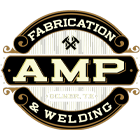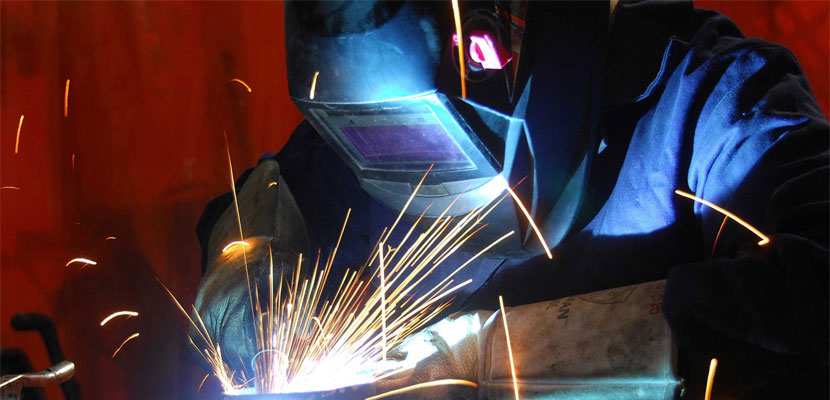Metal is an integral part of our everyday life. It plays a significant role in how we humans operate as most of our devices, appliances, and even daily needed utensils all have metal as their stabilizing element. The presence of metal in our daily life makes metal fabrication is an uncut service of our living. What is metal fabrication? Metal Fabrication is the process that turns raw metals into pre-made shapes for assembly use. It is a broad term that refers to any process involving cuts, molds, or shapes of metal materials in a desired final product. It is used for customized products and stock products such as metal rods, metal billets, metal bars, and metal sheets.
Types Of Metal Fabrication Processes
Based on the processes needed to mold or shape the metal to get the desired products, metal fabrication has several important processes for our smooth daily life chores.
Cutting
Cutting is the most basic and essential process in the metal fabrication group. Sawing is the oldest method of cutting, but modern methods, from power tools to computer numerical cutting (CNC). Die-cutting is another cutting process that sices the metal with a die. Furthermore, we have rotary die cutting and flatbed die-cutting for material fed through press and thick metal materials, respectively.
Welding
Welding is another integral part of metal fabrication. It allows you to join two metal surfaces, like aluminum, cast iron, steel, and stainless steel, together with the high hat and pressure. We have various welding processes available depending on the type of material to be welded or the type of metal formation you want. The most common and beneficial welding processes are tungsten inert gas welding, metal inert gas welding, flux-corded arc welding, and shielded metal arc welding.
Punching
When you have to form holes, especially unique design holes in the metal sheet, you have to punch the sheet. The metal is placed under a die and submitted to a punch-through by a drill. You get the end products of punching as a metal with holes, or you can remove the holes after the punching process is completed. Mostly simple punching processes are hand-powered, but other punching methods are also available, like the CNC punch, which is suitable for heavy and lightweight metal surfaces.
Casting
Casting is one of the oldest types of metal fabrication. In this method, you pour the molten metal into a mold and leave it over to solidify into the desired form. It is one of the most flexible methods of metal fabrication and is ideal for a wide range of complex shape-making. In addition, casting is ideal for solving various fabrication problems that other methods would need to get together to complete the process. Some of the most common metal applications of casting are gold, iron, steel, copper, magnesium, and silver.
Conclusion
Metal Fabrication is a crucial part of our smooth daily life, and every person will need it every once in a while. However, getting a trusted fabrication service provider is also crucial for getting the best result. Therefore, contact us for any metal fabrication and welding service, and get the best service.


Hi, this is a comment.
To get started with moderating, editing, and deleting comments, please visit the Comments screen in the dashboard.
Commenter avatars come from Gravatar.